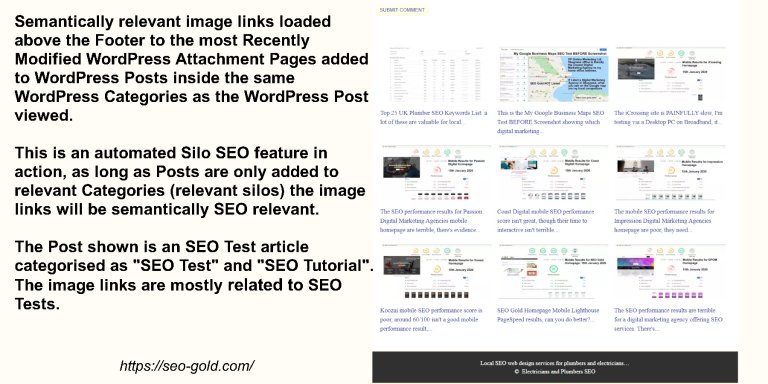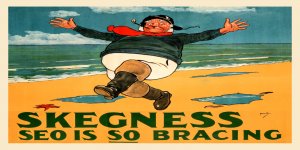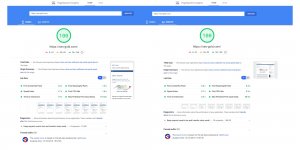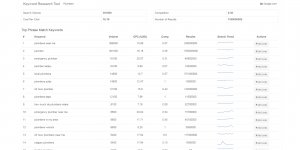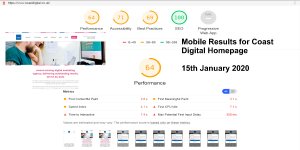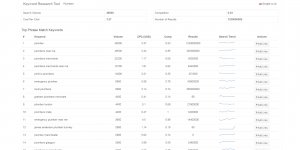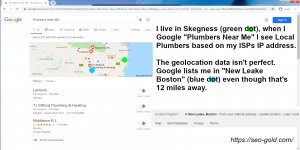Semantic SEO is important in 2020 and GOOD semantic SEO internal linking is very time consuming.
The screenshot shows a WordPress plugin I built in early January 2020 to automatically add semantically relevant links at the bottom of WordPress Posts and WordPress Attachment Pages.
Making it work well requires planning.
1. A WordPress site has to be silo SEO’d: that means WordPress Posts should only be added to highly relevant Categories, no adding a Post to 10 categories just because… Most of my Posts are added to only two categories each.
2. All images added via the WordPress Media Uploader requires a relevant Custom Field like a meta description tag or other meta description like a Yoast Open Graph Description which is written with SEO in mind, but NOT a keyword list. I use the Twitter meta description which is built into my custom SEO theme (and another WordPress SEO plugin I built), it’s the content shared when the WordPress Image Attachment Page is shared on Twitter.
3. All images added via the WordPress Media Uploader must be SEO’d, that means image filenames are keyword rich and hyphenated and the Image Attachment Pages have optimised title tags and the alt text for the images has been set with SEO in mind. A HUGE number of webmasters add zero image optimisation to their WordPress sites meaning there’s no SEO value in allowing the WordPress Image Attachment Pages to be indexed by Google.
4. There’s an advanced WordPress widget logic plugin like the Display Widgets SEO Plugin to limit where a widget is loaded.
When a WordPress site is setup correctly the custom plugin adds image links just above the footer area with the following format.
The links are directly to WordPress Image Attachment Pages, not sure what they are, you are on one now. If your WordPress Theme supports image attachments it can generate webpages like this one. All this text content is held within the Description form. WordPress Image Attachment Pages are just a less complex version of a WordPress Post, with a little custom code they can pass for WordPress Posts.
Since the image links have relevant alt text: I use the name of the image, they add SEO value to webpages they are loaded on.
The image links also have anchor text, here is where the semantic SEO is added. Rather than using the alt text (or caption text) I use the Twitter meta description. The Twitter meta description is just a custom field, I’m using the Yoast Twitter Description format (using Yoast means if a website uses my plugin the content will also work with Yoast).
Since I put effort into writing my Twitter meta descriptions it tends to be reasonably well written and NOT a keyword list or heavily SEO’d. For example when this Image Attachment is linked to via the plugin the anchor text will be something like:
The screenshot shows a WordPress plugin I built to automatically add semantically relevant links at the bottom of WordPress Posts and WordPress Attachment Pages.
That’s the content of this webpages Twitter meta description tag and that will be the anchor text for the link when this webpage is within the block of 9 image links.
Pretty cool feature, means every WordPress Post and WordPress Attachment Page has 9 semantically relevant links at the bottom without any extra work on my part: I was creating WordPress attachment Pages like this one anyway, now they add extra silo SEO and semantic SEO value to the site.
Also good for sharing PageRank around a WordPress site, WordPress Image Attachment Pages are deep content and by default tend have only ONE internal link to them. It’s why they tend not to rank for anything in Google, by increasing the internal links Google see them as more important. This webpage (an image attachment page) might have 20+ internal links thanks to that plugin.
Continue Reading SEO JavaScript Links Tests

